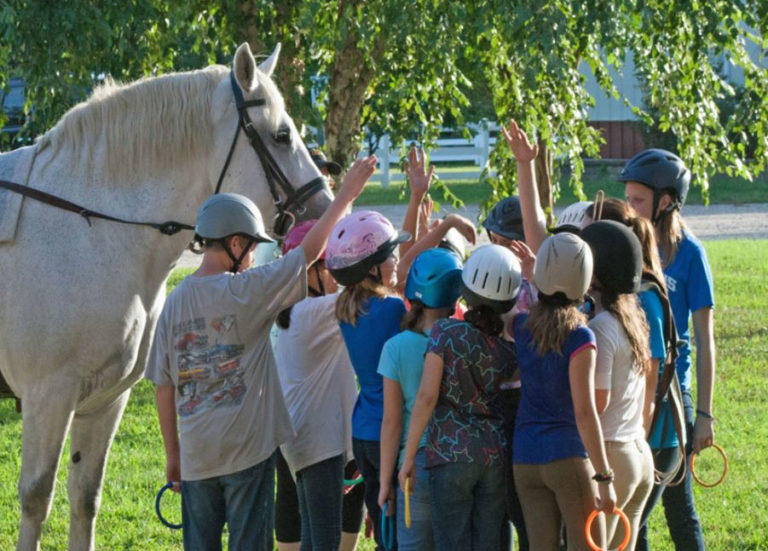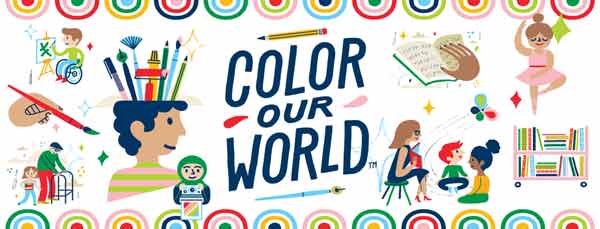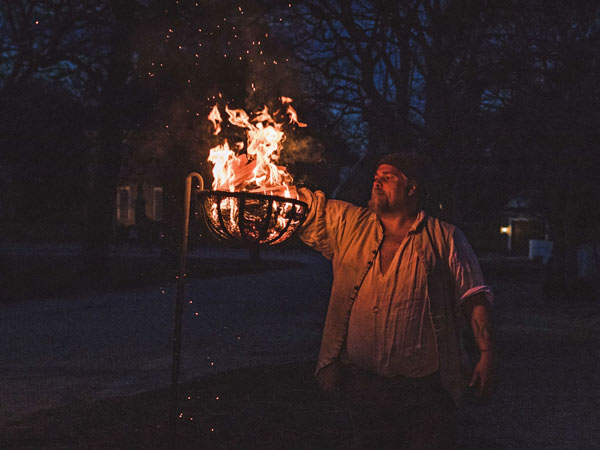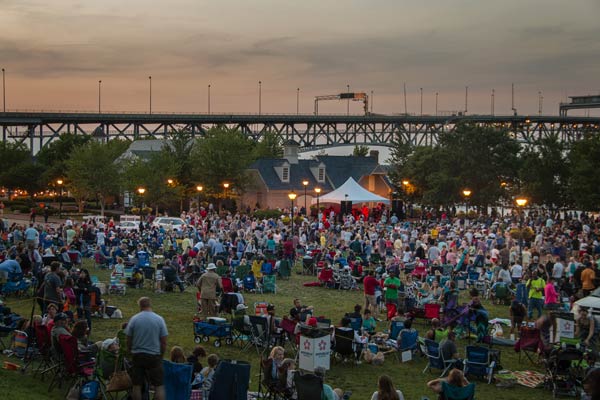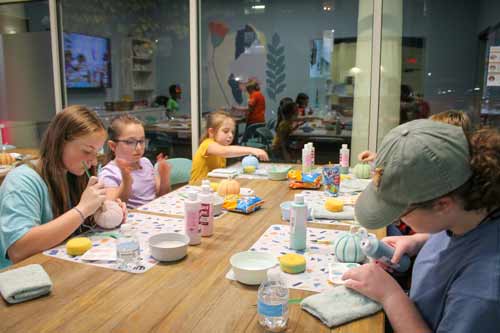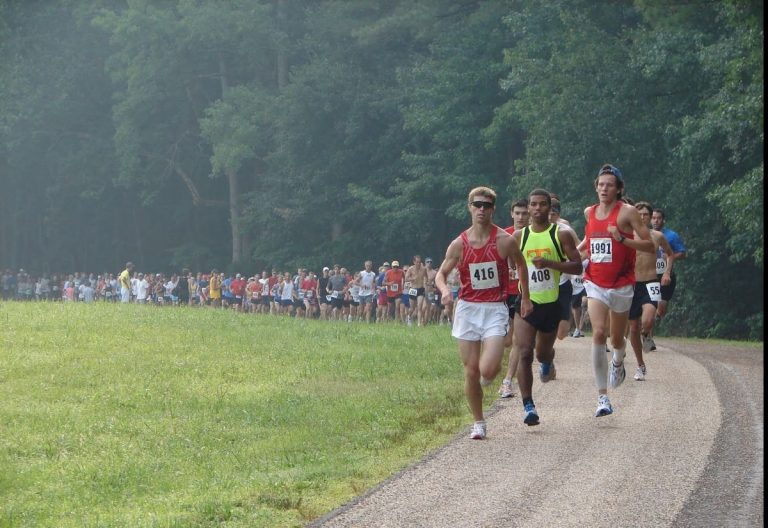What we can learn from China’s response to the coronavirus from a Canadian living and working in Shanghai during the pandemic
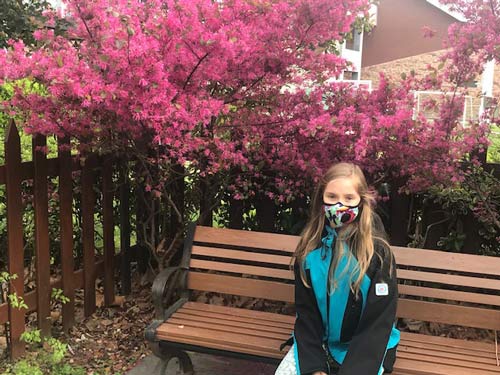
Published April 4, 2020
Our original interview with Jackie Greenizan, a Canadian single working parent in Shanghai, who is living through the COVID-19 pandemic in China with her 10 year old daughter, focused on what it was like with kids being out of school and adults working from home for 9 weeks. We also discussed the protocols people and the Chinese government were taking to stop the spread.
At the time of the interview on March 15th, they had been home since January 19, 2020. As of last Monday March 30th, Ms. Greenizan is back to work but her daughter is not yet back at school, but hopefully will be my mid April. School has started up in some of the other provinces so she remains hopeful that Shanghai will follow soon.
When we did our first interview with Ms. Greenizan on March 15, 2020, the United States had just over 3,000 cases and today, 20 days later we have over 300,000 cases. That is well over triple the number China reported. Regardless of the total number of infected in China or any other country, these facts are not disputable; Chinese kids are going back to school and adults are going back to work: their cases of new infections are down in China.
So what can we learn? If you have not already, please read Jackie Greenizan’s first interview because it gives the protocols that she had to use and is applicable for where we all are right now. The following article focuses on where Shanghai is now in terms of recovery.

You went back to work this week. What was it like after 9 weeks of working at home / homeschooling and social distancing – are people still wearing masks and socially distancing?
It was really strange going into the office this week. People were all wearing masks (they are still mandatory). We had to show our “green codes” upon entrance into the building as well as have our temperatures taken by building staff. In my office I had my temperature taken twice and recorded twice a day. The staff has been divided into three groups. Each group has a designated day for going to the office so we have sufficient space between work stations and can still practice social distancing.
Do you find the protocols written in this Team Training Guide by Mark Klingspon from Feb 2020 for employees who were returning to work after Chinese New Year are still useful in the workplace?
Yes – Restaurants are still following strict protocols both for their staff as well as for patrons. All patrons need to show their “Green pass” and sign an register (name, phone number ) upon entering restaurant. Restaurants can only operate at about 60% capacity to make sure there is space between patrons and tables.
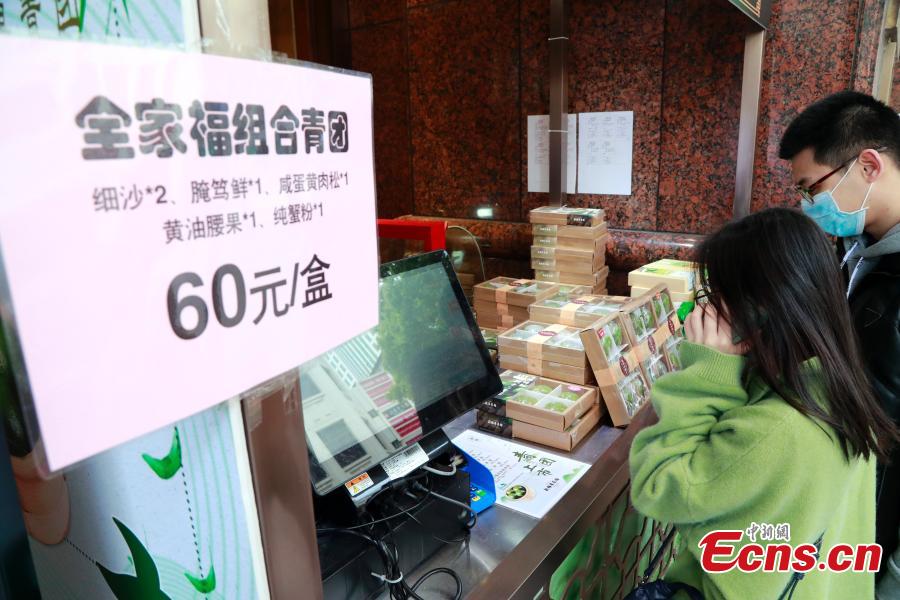
Are new cases still appearing? We have heard that China has shut its boarders. Is that still the case and it that controlling any infection spikes?
There have been quite a few cases in the last two weeks. 95% of those cases have been imported cases brought in by people flying into China (either Chinese nationals or foreigners). In light of this the government took the following actions last week:
1) They severely restritced the number of flight in and out of China (one flight per destination per week).
2) As of March 29th all arrivals into China had to do mandatory quarantine at a government hotel. The option of home quarantine was no longer available.
3) Foreigners (non Chinese passport holders) were temporarily banned from entering China (even if they have a valid visa/work permit).
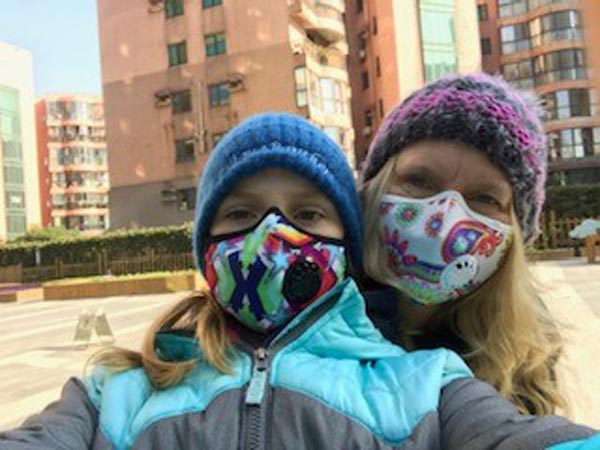
What were the protocols for people coming into Shanghai?
Up until March 29th the protocols were as follows:
The screening process has been tightened again. There are currently 24 countries that are on the mandatory quarantine list. Canada and the US as well as Sweden, Norway, Italy, Iran, Japan and a few others are on that list. However, that is talk that all arrivals maybe subject to mandatory quarantine.
Here is a rundown of the process based on what I am hearing from people who have gone tone through it:
1. When you land your plane will be boarded who will either process you on the plane or invite you to enter the airport to go through the immigration process.
2. Temperatures will be taken multiple times.
3. Each person will be questioned to for their travel history
4. If you are coming from /have recent history of being in one of the 24 countries on the list you will be given a yellow sticker, if you are not coming from one of the 24 countries/ have recent history of being to one of the 24 countries you will be given a green sticker
5. Those with symptoms are given a red sticker
6. After immigration you are asked to show your sticker color. If you are green you are free to go home – where you are strongly advised to do a 14-day self-isolation/ quarantine
7. If your sticker is yellow you will be sent to a new area where you need to locate the appropriate line for your district. You will then be directed to a bus which will take you to the testing center for your district. You may need to wait a few hours for the bus to come.
8. Once at the testing center you will be tested for COVID -19. The center is staffed 24 -7 however the process is slow so you may be in for a long wait
9. Once inside the center you will be registered and the COVID 19 test will be done (this is a swab the back of the throat).
10. It takes between 8-12 hours for the results of the test to come back. – while you wait -depending on the area you will be taken to a designated hotel to wait or you will be made to wait in the testing center.
11. Depending on test results – you are either approved for home quarantine or you will need to go to a government quarantine. If you are a family it is most probable that your family will be approved for home quarantine. The community association of your home will be contacted and they will be responsible for ensuring are following the home quarantine protocols. If you are not approved for home quarantine you will need to go to a government designated quarantine.
12. Once you arrive at home you will be met by someone from your neighbourhood committee. If you are coming back and joining your family you can only quarantine at home if your entire family agrees to go into quarantine (meaning no-one leaves the house).
13. Once you are at home officials will visit you with more forms to complete and will explain the rules. -Temperature twice a day, and remain INSIDE for 14 days. You can order food online and other items and they will be delivered to you.
14. A magnetic device may be installed outside your door which will notify officials when your door has been opened. If you need to open the door you contact the officials via your WeChat group.
15. If you cannot quarantine at home you will need to quarantine at a hotel at a cost of $30-60 a day. This is strict quarantine and you will not be able to leave your room for two weeks.
Credit: Shine Shanghai
This is a very lengthy process and being patient is key. However, it is effective. Changes are made quite regularly and I have just heard that all inbound passengers will be subject to a Nucleic test and as of March 29th they must stay in a government quarantine hotel.
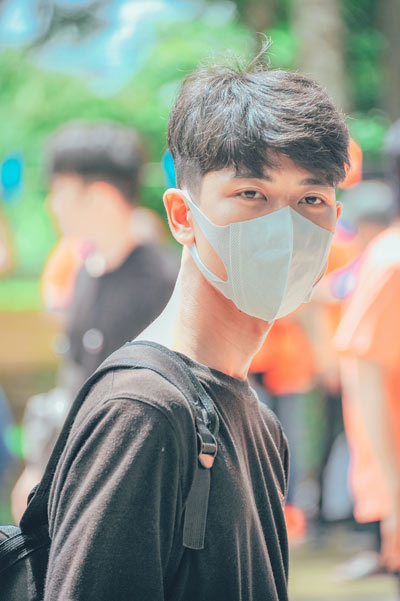
What is a mandatory quarantine like in China?
Either home quarantine where you are not allowed to leave your home for 2 weeks and a sensor is put on your door or Hotel quarantine where you cannot leave your room for two weeks. From what I have been told it is much more manageable to be doing home quarantine rather than the hotel quarantine.
If you are in home quarantine a sensor is attached to your door and property management is informed if the door opens. However, you are in your own home, you can still receive grocercies (via delivery), make tao bao purchases and more or less enjoy the comfort of your apartment/ home.
What happens if you leave your apartment?
If you are doing mandatory quarantine and you leave your apartment you can be arrested, lose your job and if you are a foreigner you can be deported. One case in Beijing last week – a foreign woman who worked for Bayer and was on mandated quarantine left her apartment for a run. Was exposed by her property management, fired from her job and had to leave the country .
There was a 10 year old child you knew who was separated from her family when returning from the UK to Shanghai because of a possible COVID-19 infection. Has she been reunited with her family yet?
Yes, one of my daughter’s friends arrived back from the UK via Hong Kong with her family a week ago. They spent 2 weeks in Hong Kong so when they arrived in Shanghai they had a “green” pass which means that they needed to be tested but could wait for the results at their home. The mom received a call on Wednesday at lunch saying that there was an issue with the daughter’s test. A special car was sent and people in hazmat suits were sent to pick her up and take her to the hospital for further tests. Her parents were not allowed to accompany her (she is 10). Terrifying.. but good that they were able to act quickly. My daughter and I faced time with her this morning and she is in good spirits, waiting for further test results. Fortunately, her second test was negative, and she was released and returned to her parents within 24 hours.
Did you have a shortage of groceries at any point during this crisis or did healthcare workers have a shortage of masks?
The start of the virus situation coincided with Chinese New Year. Supermarkets are always poorly stocked over Chinese New Year as many of the workers leave to visit their families. Once Chinese New Year was over there were no shortages of food. In fact, the government came out and said there was enough food. They also made it illegal for businesses to charge extra money or take advantage of the situation.
There was a shortage of masks at first but I believe that was quickly rectified. Also, the community associations made masks (non-medical) available to people in the community at about 1$ for 5 masks. This was a huge help to people who did not have access to masks but needed to leave their apartments to grocery shop etc.
In our last interview you mentioned tracking people, and how the government tracks people? Do you think it has contained the spread? I am hearing of opt-in versions of temperature monitoring apps in the US – what would you say about people thinking of opting in?
This is an interesting one. As you may know China has spent a lot of money (and time) on surveillance of its people. There are cameras everywhere and almost all transactions are digital. To many people this seems like an invasion of privacy, however one of the benefits is that there is very little crime and most people follow the rules.
The COVID-19 situation took the tracking to a whole new level. Here are some of the ways that people are tracked:
1) By phone – I can enter a 4 digit number into my phone and I will immediately receive an sms message saying where I have been in the last 14 days (or more accurately where my phone has been).
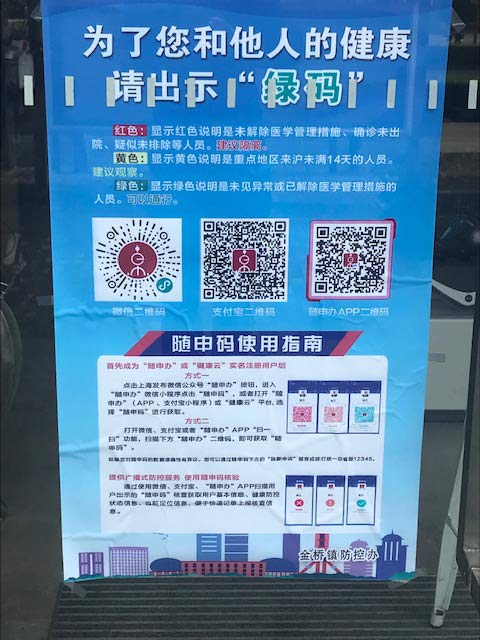
2) Almost 95 % of transactions in China are cashless. There are two primary systems for this, Wechat ( which is owned by the Tencent group that started as a communication platform – think Facebook/ on steroids). And Alipay which is part of the Alibaba group. On these platforms these we have to go into a mini program on the App and add some additional information ( which is also linked to our phone location) and a Personalized QR Code is generated. This code is either Green, Yellow or Red. Green is “OK” , Yellow is “you are quarantine “ and Red is you are infected. We need to show this code when we enter some locations.

3) On the subway we have to scan a QR code with our phones and enter our phone number so they can find us if there was an infected person on the same subway car.
Sign in store window showing people how to apply for their QR Code
The system (as uncomfortable as it may seem) works. They were able to track down all the passengers on a fight that had an infected person on it. They did this in 24 hours.
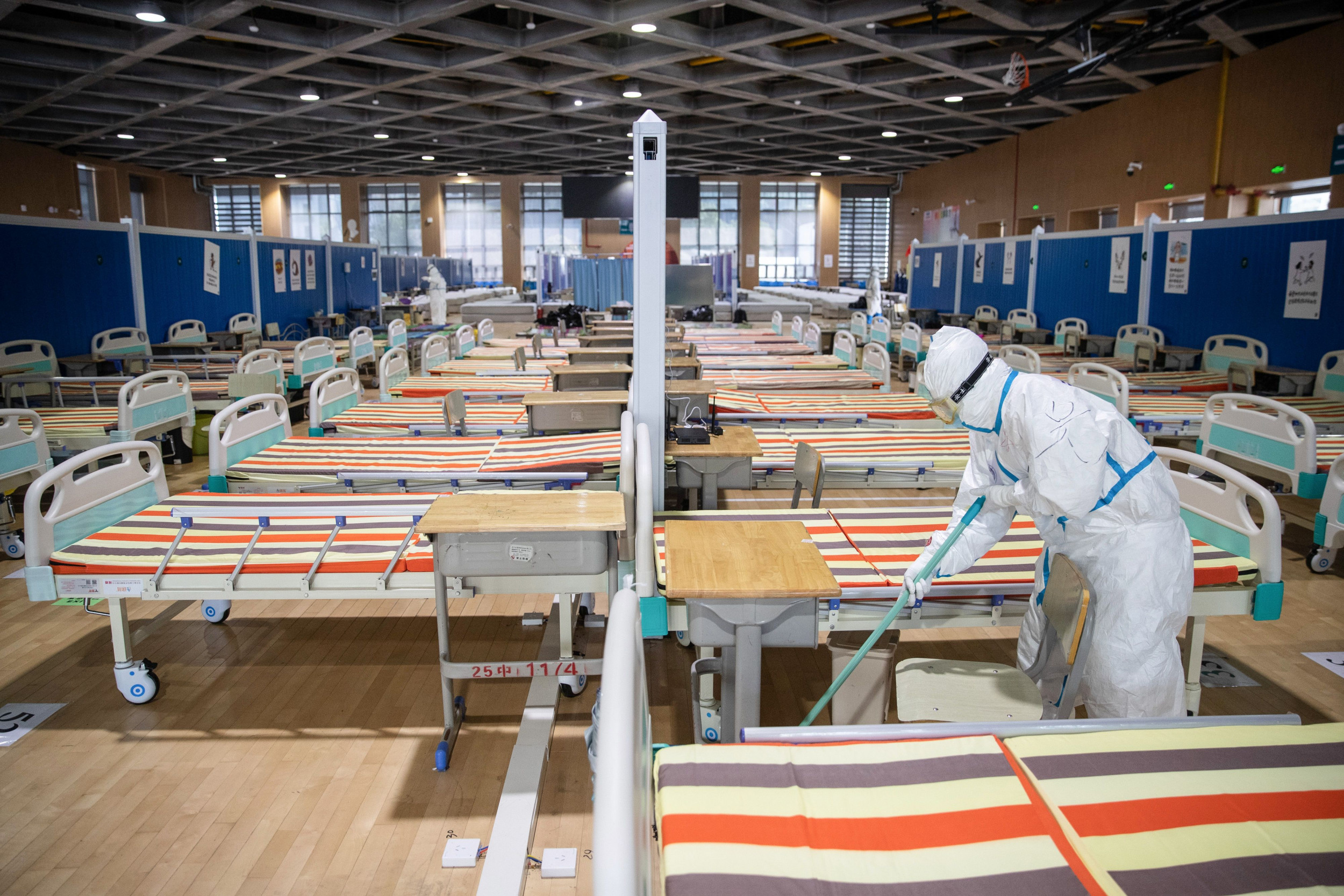
We hear the temporary hospitals are being taken down now in China. It sounds, overall like good news coming out of China.
Yes, things are starting to get back to normal. Hopefully, we are through the worst. However, it is important to note that the virus is still out there and like a fire needs something to burn, it needs a host to survive. This means that if one person has it they can easily and unknowingly contaminate others and the virus could easily resurface again. I think the checks in China will help to prevent that but until there is a vaccine there is always a risk. At the early stages of infection, you cannot tell if someone has the virus, so it is important that people continue to be careful.
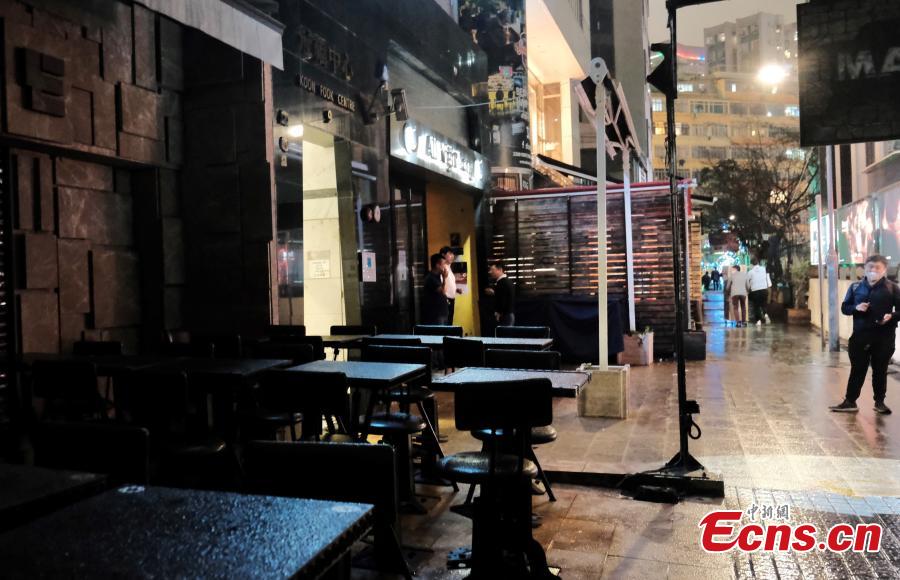
Are people/government starting to talk about returning to life as usual soon? Here we have some talking about up to an 18 month out waiting period where the virus could spike up and down as people return to normal life then have to social distance/stay home again. Are you hearing that?
There is a push to try to get back to a “new normal” as soon as possible, however we are all aware that the virus has not been beaten yet, only slowed down. There is a possibility of spike again, especially if other countries are still experiencing challenges. How long it takes to get the virus under control is completely dependent upon people following the rules – staying home, not going out, taking precautions and taking the situation seriously.
Here they say the virus was most likely spread at a wet market in Wuhan. Is that what they are still saying in China and if so, are there any plans to limit wet markets? Or are these types of markets not considered the problem. And if not, what do they say is the source of these outbreaks and their thoughts on preventing another new virus outbreak?
We have also heard that the virus started at a wet market in Wuhan. To my knowledge some of the wet markets have been shut down, but I am not 100% sure. I am confident that once this is over there will be rules that are enforced regarding wet markets and such in order to help prevent this type of situation re-occurring. I think that there will be many changes in many countries that will occur as a result of this situation.
Are you concerned about opening borders and travel only to start the whole process over again?
I am more concerned about a lack of effective screening at borders than I am of open borders. If more countries engaged in screening procedures like we are seeing in China or Singapore. I think this would help reduce the spread. Similarly, if people followed the quarantine rules and knew where to go if they feel sick, and to completely isolate themselves if they feel sick, then I think we would be doing a better job of getting the situation under control.
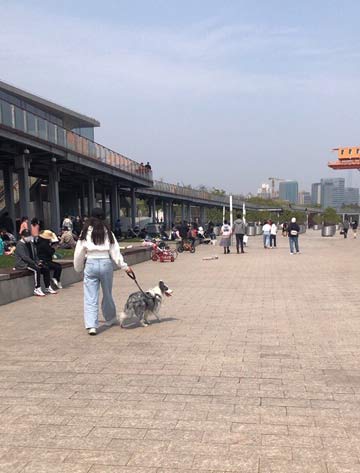
In Virginia our Governor issued Executive Order 55 that is a Stay at Home mandate until June 10, 2020. That is 67 days from today’s publication. What advice would you give people who think this is overkill and are not taking it seriously?
67 days seems like a really long time.. and it is. But, 18 months is much longer. In the last 90 days we have seen how fast and how quickly this virus spreads and we have seen how it can be contained by staying at home, not going out and following the rules. I get it, staying home is hard and not at all fun. However I truly believe that people have to take it seriously and do the “hard yards” now so that they can go out in the future when the situation is under control.
We asked you a similar question in our first article but as we look at a 67 day stay at home, I would like to ask you it again. Can you think of that has helped you socially adjust during this time?
Having a support group really helps. I my case one of the other women here set up a group on WeChat (similar to What’s App) called “Staying put support” – there are about 246 women in this group (all foreigners) who are based all around China. It started as support group for those of us who chose to stay in China when the virus hit. The conversations range from “help, my kid just threw tantrum number 5 for the day, what do I do ” to ” who has a good recipe for banana muffins?”. This group has been amazingly helpful and supportive. They got me through the tough early days and continue to get me through this situation.
When looking back how long was it between the time you first heard of the coronavirus and the time you were to stay at home?
I first heard of the coronavirus when my daughter and I were on holiday in Bali just before Chinese New year . When we returned to Shanghai things were starting to get serious and about 1 week after we returned we were told that the Chines New Year holiday was being extended by 1 week and that we were to stay at home.
Being on the other side of the crisis what is your biggest recommendation for families, individuals, healthcare workers and government officials as they are just heading in to the weeks of highest infection levels?
My advice to families, and individuals is:
1) Stay at home and follow the government directives an only go out if necessary.
2) Physical distance does not mean no interaction – where possible keep in touch with your friends and family phone them, face time them stay connected.. just don’t see them in person. Connection is important.
3) Wash your hands more times than you think you need to ..and then wash them again. If you absolutely must go out, wear a mask . It does not have to be a medical grade one – a fabric mask will work (if you are not a healthcare worker). The purpose of the mask is to prevent you from touching your face and help protect you and those around you.
4) Where you can – help – be it a “thank you” to the clerk at the grocery store, helping your elderly neighbor buy her groceries, etc. Be kind and grateful.. It will help you feel better.
5) You truly have the power to make a difference. Staying at home, social distancing and following protocols make a difference… Lead the charge to make it easier for the healthcare workers to do their jobs.
My advice to Health care workers:
I am truly in awe of the task you are being asked to perform and the grace, strength an courage you are showing to get it done. I have no advice but I do have immense gratitude for what you are doing. Thank you
To Government officials:
Continue to look for examples of what has worked in other countries and communities. Follow those examples. Strongly encourage your constituents to follow these examples as well.
Again, thank you to Jackie Greenizan for tirelessly responding as a primary source on what is has been like and is like to live through a pandemic in China. Governments throughout the world respond differently to this health, social and economic disaster but, it is individuals who can make the biggest difference in ending this pandemic.
The strict protocols her family followed as did her community that Jackie mentions in her first article, such as stopping the spread within our families and communities by social distancing and self-quarantine (after being exposed or showing symptoms), are currently the only vaccine we have. If we all stay home, we will all get to go out sooner.
Here’s to seeing everyone in person this summer.
Here are the links to the VHD and CDC. These are the best sources of information on the outbreak. (substitute the Virginia Health Department website above (VHD) with your state’s health department for more local coverage)
Interview written by Olivia Bada to contact her email: olivia@williamsburgfamilies.com
#socialdistancing #coronavirus #covid-19 #selfquarantine #covid19



















